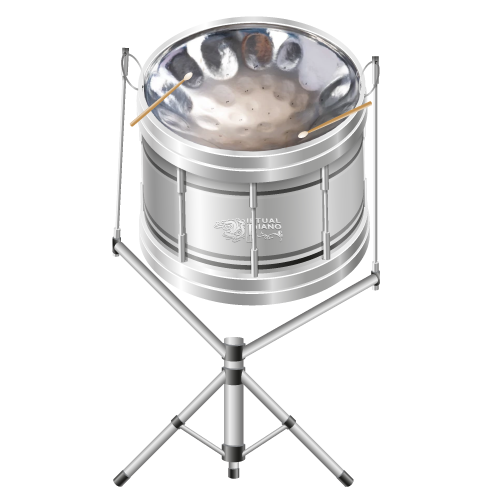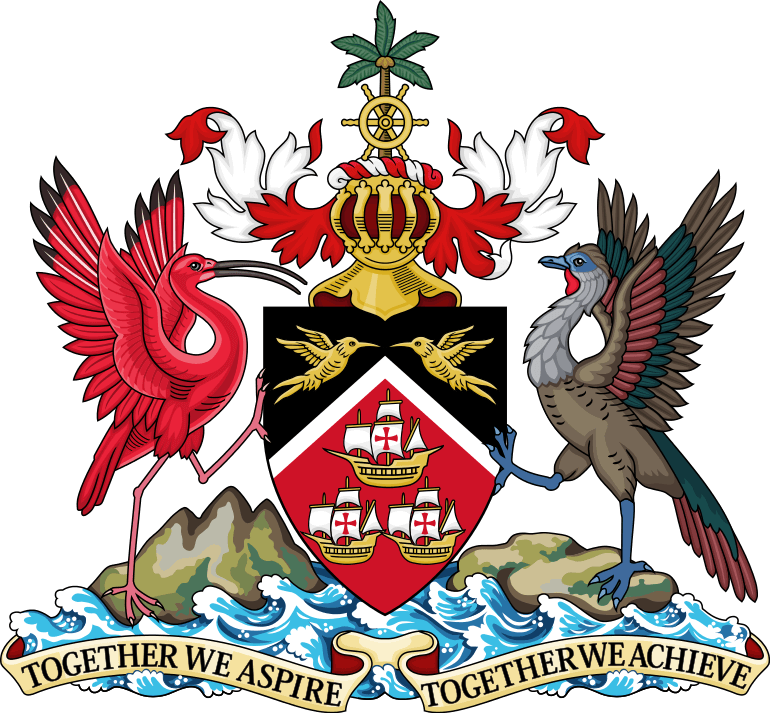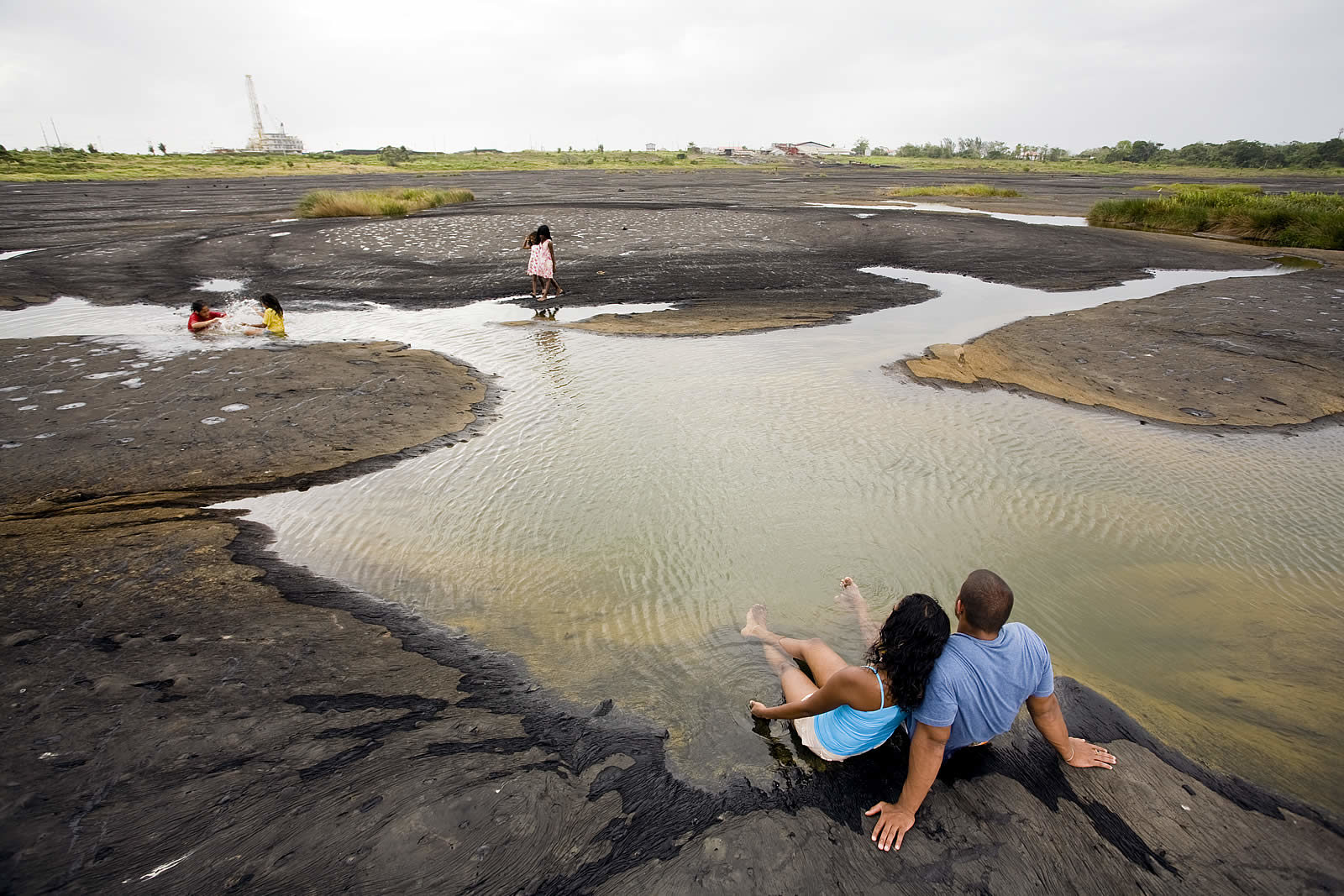Seco
Panama is known for its unique alcoholic drink, seco, which has been a part of Panamanian culture for centuries. Most assume that rum is Panama’s national liquor, but it is actually seco. Seco has roots in Panama’s customs and traditions and is synonymous with festivals, parties and celebrations. Seco is a versatile spirit that can be enjoyed in many different ways, making it popular among Panamanians and visitors alike.
Seco is a triple-distilled white spirit made from 100% sugarcane juice. The flavor of seco varies depending on the region it originates from, but most versions are strong, sweet and slightly fruity. Seco is distinctive because of the way it’s made. Once the sugar cane is harvested, the juice is extracted using traditional methods and fermented with a natural yeast strain. The sugar cane juice is filtered three times, giving the liquor a clear color and high alcohol content. The result is a dry, 80-proof rum that has a smooth base for mixed drinks.
Seco’s distinctive smooth and neutral flavor sets it apart from other spirits. Its flavor makes it an excellent choice for cocktails and makes it an ideal replacement for rum and vodka in many mixed drinks. Seco can also be enjoyed alone as a sipping drink, allowing drinkers to savor its unique flavor profile. No matter how seco is enjoyed, it will bring an exciting twist to any occasion.
Traditionally, the only seco cocktails ordered were seco con vacaseco, which is seco with milk or coconut milk on ice, and chichita Panama, which is seco with grapefruit and pineapple juice on ice. However, seco can be mixed with almost anything, from tropical fruits to other liquors. Today, seco is part of the modern cocktail and mixology movements. Following the trend of using local products and ingredients, restaurants are renewing seco’s popularity by infusing the spirit with herbs and fruits and utilizing it in craft cocktails. Seco may also be used in marinades for meat and seafood dishes.
The most widely available and popular of brands of seco is Seco Herrerano. Seco Herrerano was made by the Varela family starting in 1908 in central Panama in the town of Pesé, near where the sugarcane is grown in Pese Valley. The family-run distillery dates back to 1936, producing more than a million cases of seco every year and sold to more than 65 countries around the world. Through Panamanians’ embrace of homegrown ingredients, authentic traditions and the country’s culture of hospitality, seco’s revival and popularity only continues to grow.




:max_bytes(150000):strip_icc()/__opt__aboutcom__coeus__resources__content_migration__serious_eats__seriouseats.com__recipes__images__2014__06__20140623-cook-the-book-ceviche-don-ceviche-paul-winch-furness-f15ba2c1a3d046fb953545a50c1353d4.jpg)















